Melting moments: MOCA presents a selection of Gaetano Pesce’s resin-based works
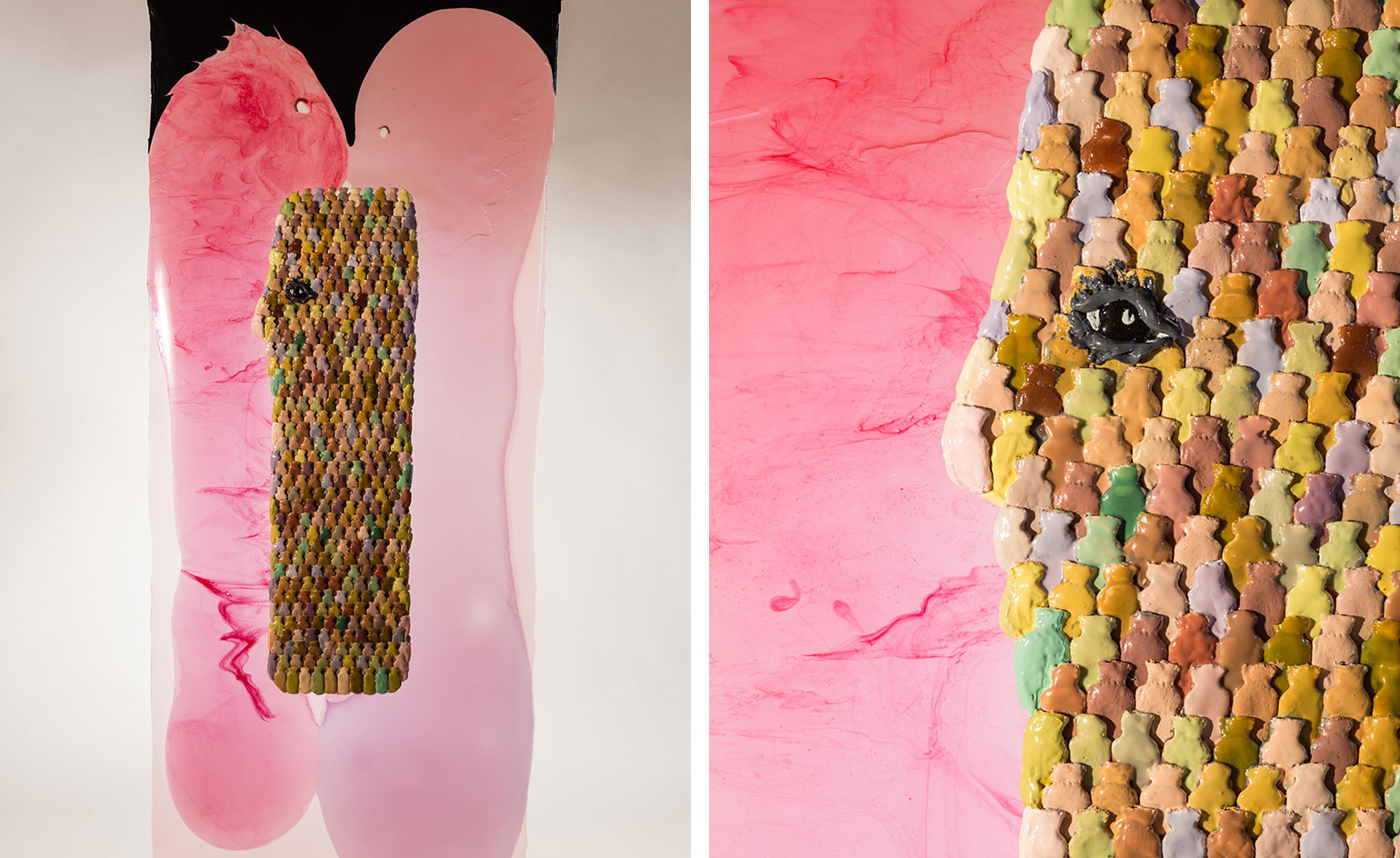
When Gaetano Pesce was studying architecture at the University of Venice in the late 1950s and early 60s, he not only participated in the post-Bauhaus art collective Gruppo N, but also worked in the Venetian factories of the Murano glass powerhouses of Moretti, Vistosi and Venini. While the former gave him a formalist and conceptual tool kit (integrating painting, sculpture, architecture and industrial design into a single practice), the latter helped to expand his notions of materiality, and to lay the foundation for his lifelong obsession with resin.
‘What glass and resin have in common is the timing of transformation from liquid to solid and the process of reaction,’ says Pesce, who was also obsessed with the artistic processes found in the culinary world. ‘The kitchen and the art of cooking had a big influence on me and my work with molds. If you think about it, we need small open sky molds to make cookies or cakes, and that’s the same with my works.’
In the early 1980s, when the artist began working with the translucent material, its chemical composition was different than those seen in today’s high-performance resins. ‘It was sensitive to the light. In other words, the light could have changed the transparency, elasticity and solidity of the resin – I can see in my works of 20 years ago that some of their qualities have changed,’ notes Pesce, who created molds for chairs, vases, and lamps – in addition to two-dimensional cast-resin reliefs, which the artist refers to as ‘industrial skins’.
All of these are being exhibited in the four-decade-spanning 'Gaetano Pesce: Molds (Gelati Misti)', at MOCA Pacific Design Center in Los Angeles. The curiosity about Pesce’s processes by curator Bennett Simpson has resulted in a show that examines the narrative behind ‘mass-produced objects where each one has its own quality while differing from each other – the production of the "aleatory" and not standardised series’, says Pesce. ‘Some of the molds are from the 70s when I asked to myself for the first time, "Why objects must be considered alike when people are different?"’
As such, viewers will find examples of vases resembling manicured trees, mangy hirsute mussels and green flames, as well as industrial skins imprinted with images of feet and pregnant mothers, and a red, white and blue prototype chair that would have felt at home in Tommy Hilfiger’s disco-era bell-bottom boutiques.
‘In the exhibition there [are] many vessels because I have dedicated a lot of time and practice in realising these objects. The reason is that I believe they represent something special and important, maybe the most important being the mother’s womb,’ says Pesce, who also considers maternity a prime expression in his iconic doors. ‘This specific part of the feminine body has been a primary element of most of the ancient civilizations, from Mesopotamians to Greeks and Romans, and the Italian Renaissance. This is my contribution to that important branch of art.’
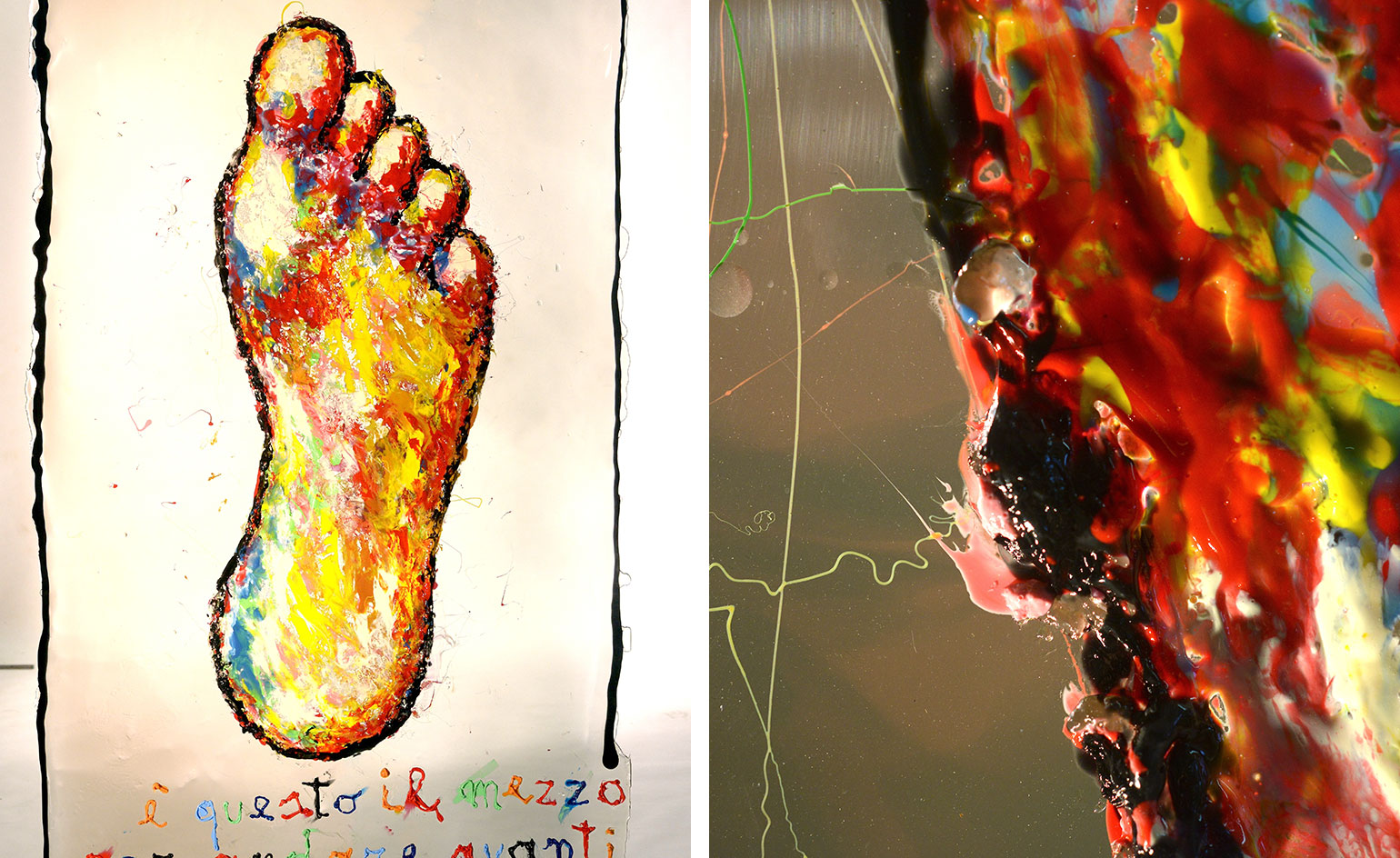
‘What glass and resin have in common is the timing of transformation from liquid to solid and the process of reaction,’ says Pesce, who was also obsessed with the artistic processes found in the culinary world. Pictured: an industrial skin imprinted with an image of a foot titled Il Piede
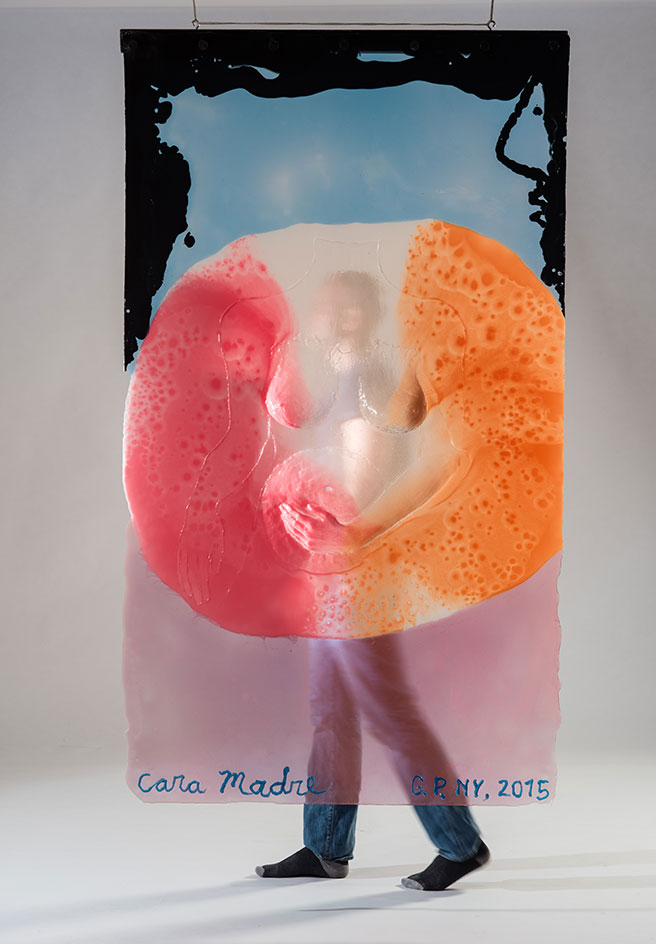
The qualities of resin have changed significantly since Pesce began working with the material in the early 80s. Pictured: Cara Madre, featuring the form of a pregnant woman
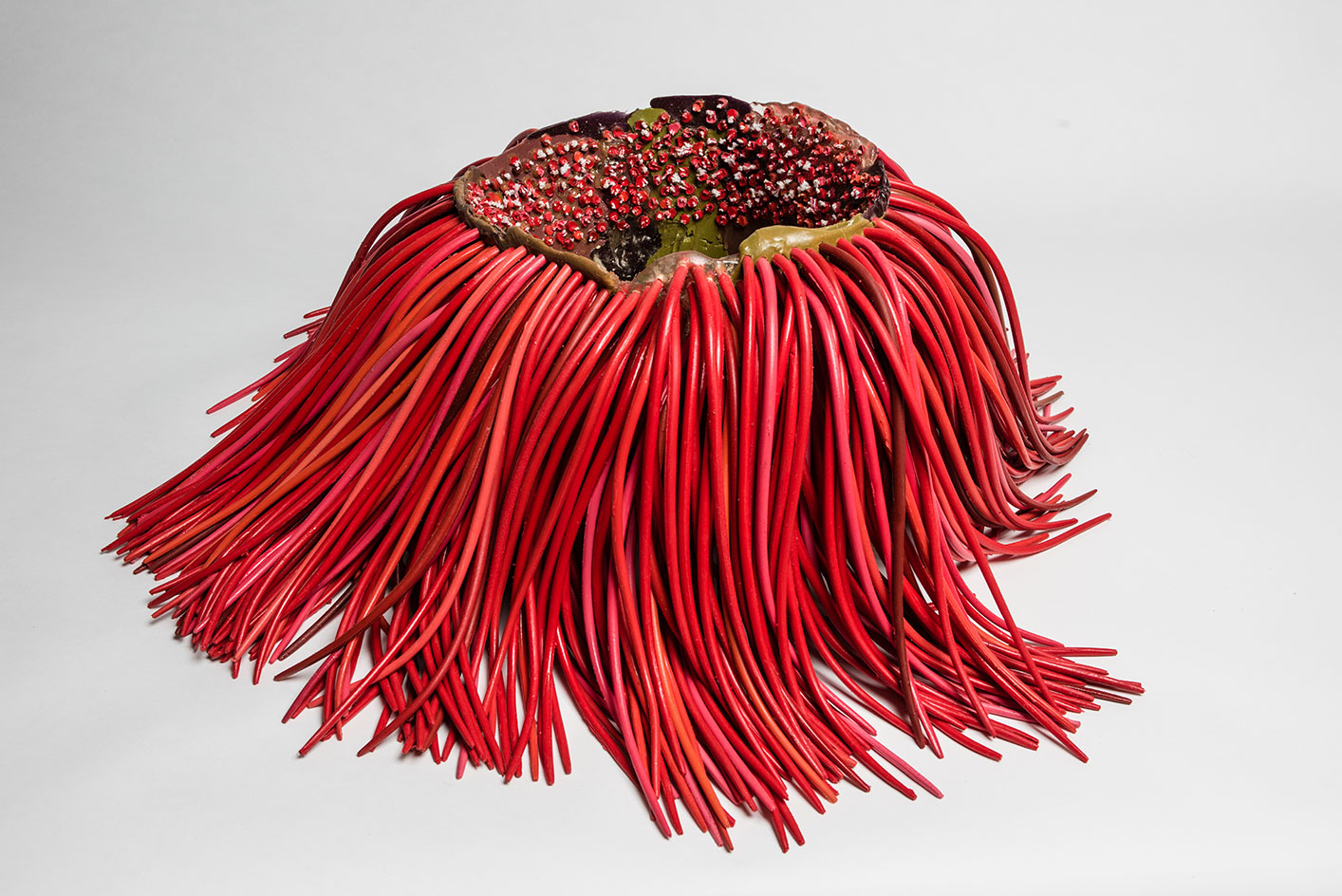
The exhibition also includes a number of Pesce's vases. Pictured: Vase with Hair
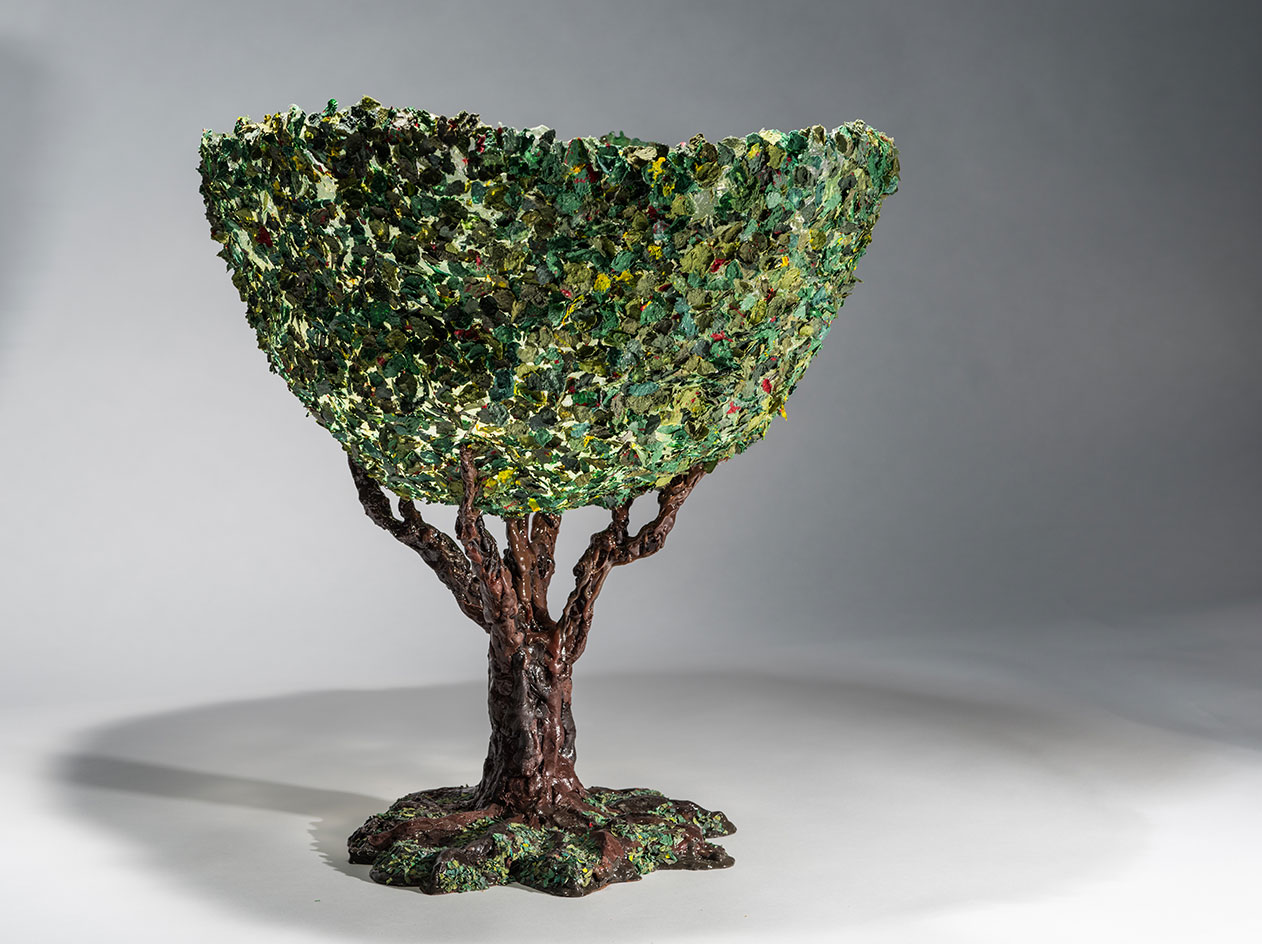
Another of Pesce's resin vessels, Vase Albero, is made to resemble a tree
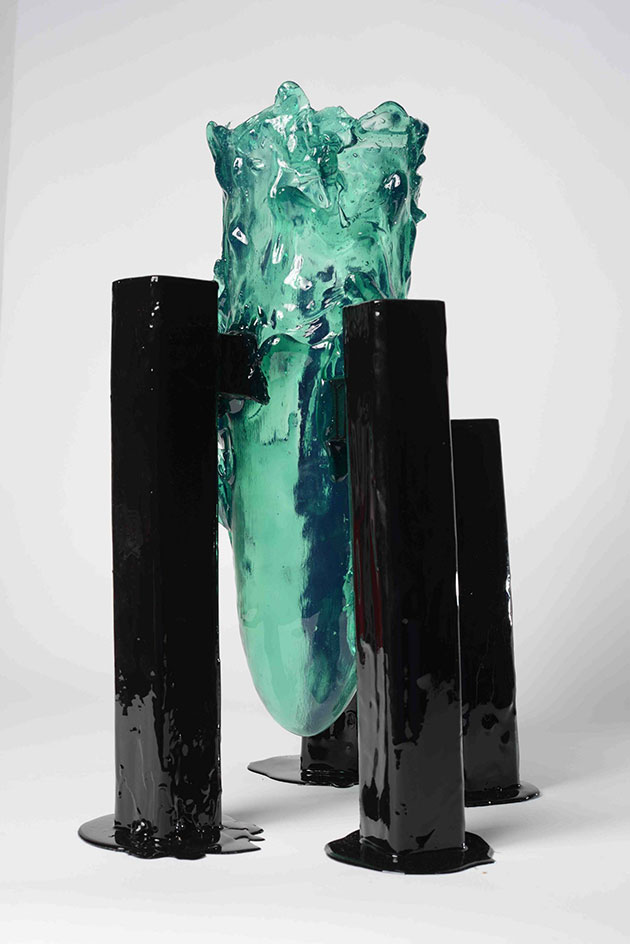
‘In the exhibition there [are] many vessels because I have dedicated a lot of time and practice in realising these objects. The reason is that I believe they represent something special and important,’ says Pesce. Pictured: Green Flame vase
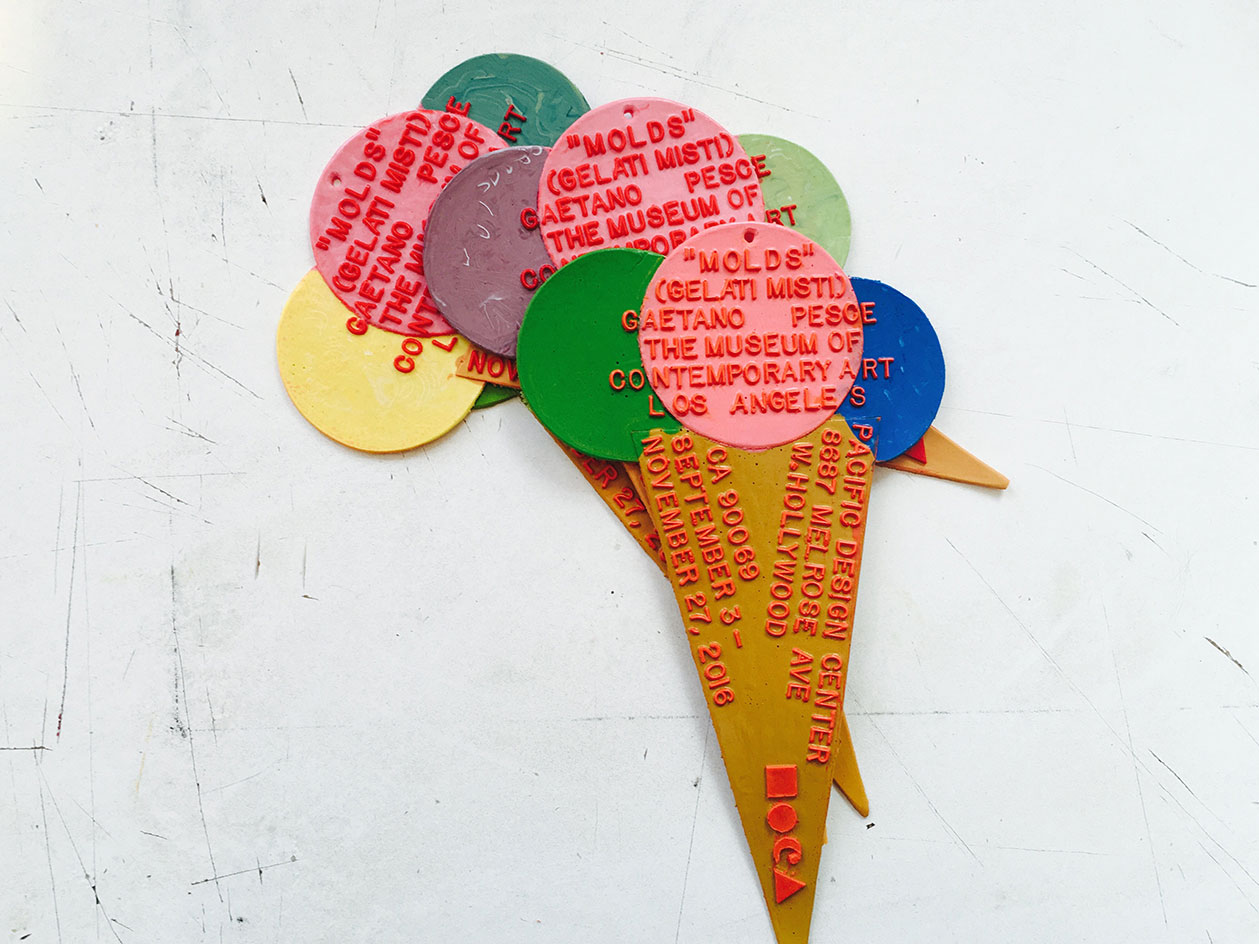
Even the invitations for the exhibition (pictured) were cast in resin form, riffing on the title of the show
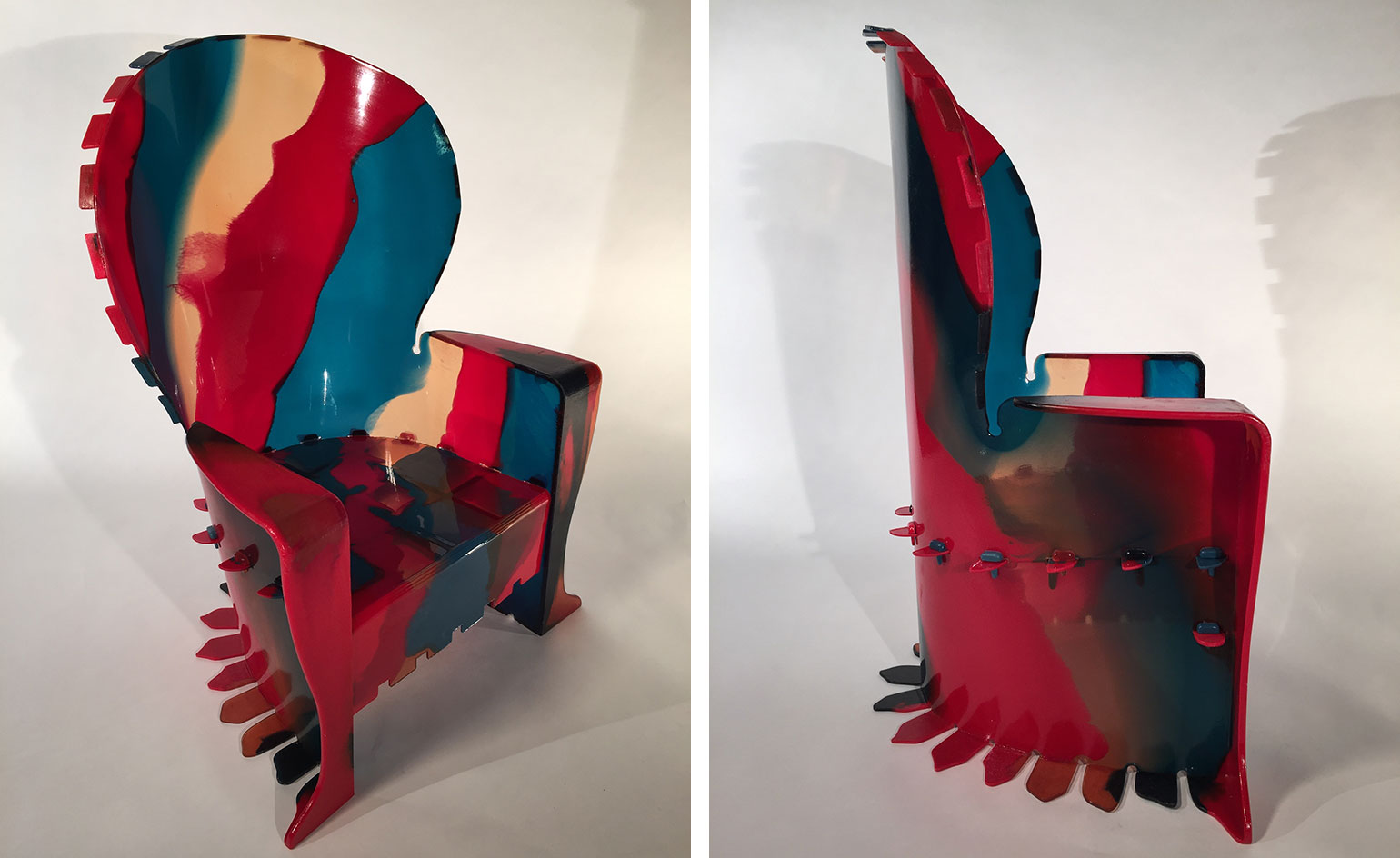
A prototype of a resin chair that mixes red, blue and white together
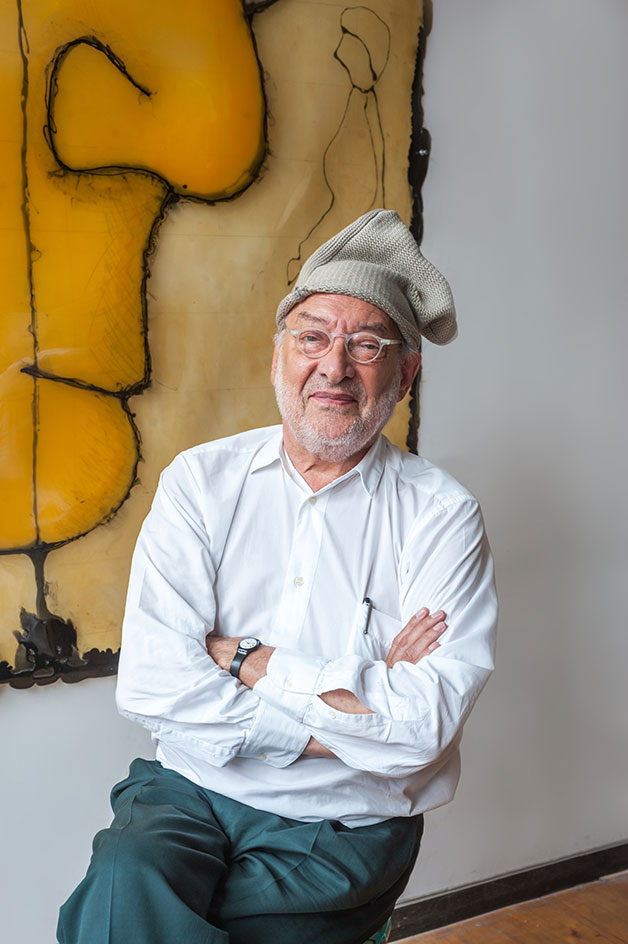
The artist, Gaetano Pesce.
INFORMATION
’Gaetano Pesce: Molds (Gelati Misti)’ is on view from 3 September – 27 November. For more information, visit MOCA’s website
ADDRESS
MOCA Pacific Design Center
8687 Melrose Avenue
West Hollywood, CA 90069
Wallpaper* Newsletter
Receive our daily digest of inspiration, escapism and design stories from around the world direct to your inbox.
-
 All-In is the Paris-based label making full-force fashion for main character dressing
All-In is the Paris-based label making full-force fashion for main character dressingPart of our monthly Uprising series, Wallpaper* meets Benjamin Barron and Bror August Vestbø of All-In, the LVMH Prize-nominated label which bases its collections on a riotous cast of characters – real and imagined
By Orla Brennan
-
 Maserati joins forces with Giorgetti for a turbo-charged relationship
Maserati joins forces with Giorgetti for a turbo-charged relationshipAnnouncing their marriage during Milan Design Week, the brands unveiled a collection, a car and a long term commitment
By Hugo Macdonald
-
 Through an innovative new training program, Poltrona Frau aims to safeguard Italian craft
Through an innovative new training program, Poltrona Frau aims to safeguard Italian craftThe heritage furniture manufacturer is training a new generation of leather artisans
By Cristina Kiran Piotti
-
 Leonard Baby's paintings reflect on his fundamentalist upbringing, a decade after he left the church
Leonard Baby's paintings reflect on his fundamentalist upbringing, a decade after he left the churchThe American artist considers depression and the suppressed queerness of his childhood in a series of intensely personal paintings, on show at Half Gallery, New York
By Orla Brennan
-
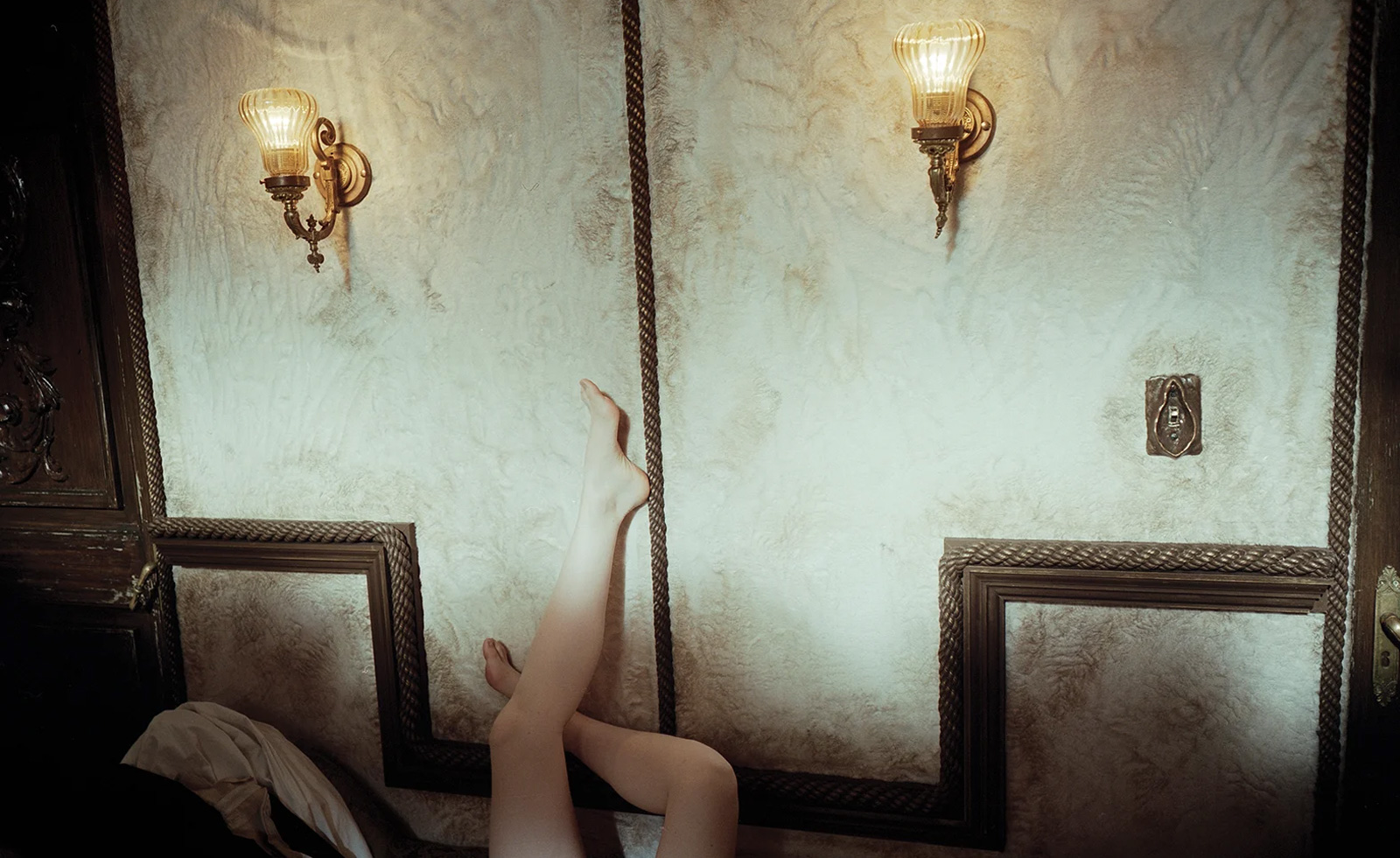 Unlike the gloriously grotesque imagery in his films, Yorgos Lanthimos’ photographs are quietly beautiful
Unlike the gloriously grotesque imagery in his films, Yorgos Lanthimos’ photographs are quietly beautifulAn exhibition at Webber Gallery in Los Angeles presents Yorgos Lanthimos’ photography
By Katie Tobin
-
 Desert X 2025 review: a new American dream grows in the Coachella Valley
Desert X 2025 review: a new American dream grows in the Coachella ValleyWill Jennings reports from the epic California art festival. Here are the highlights
By Will Jennings
-
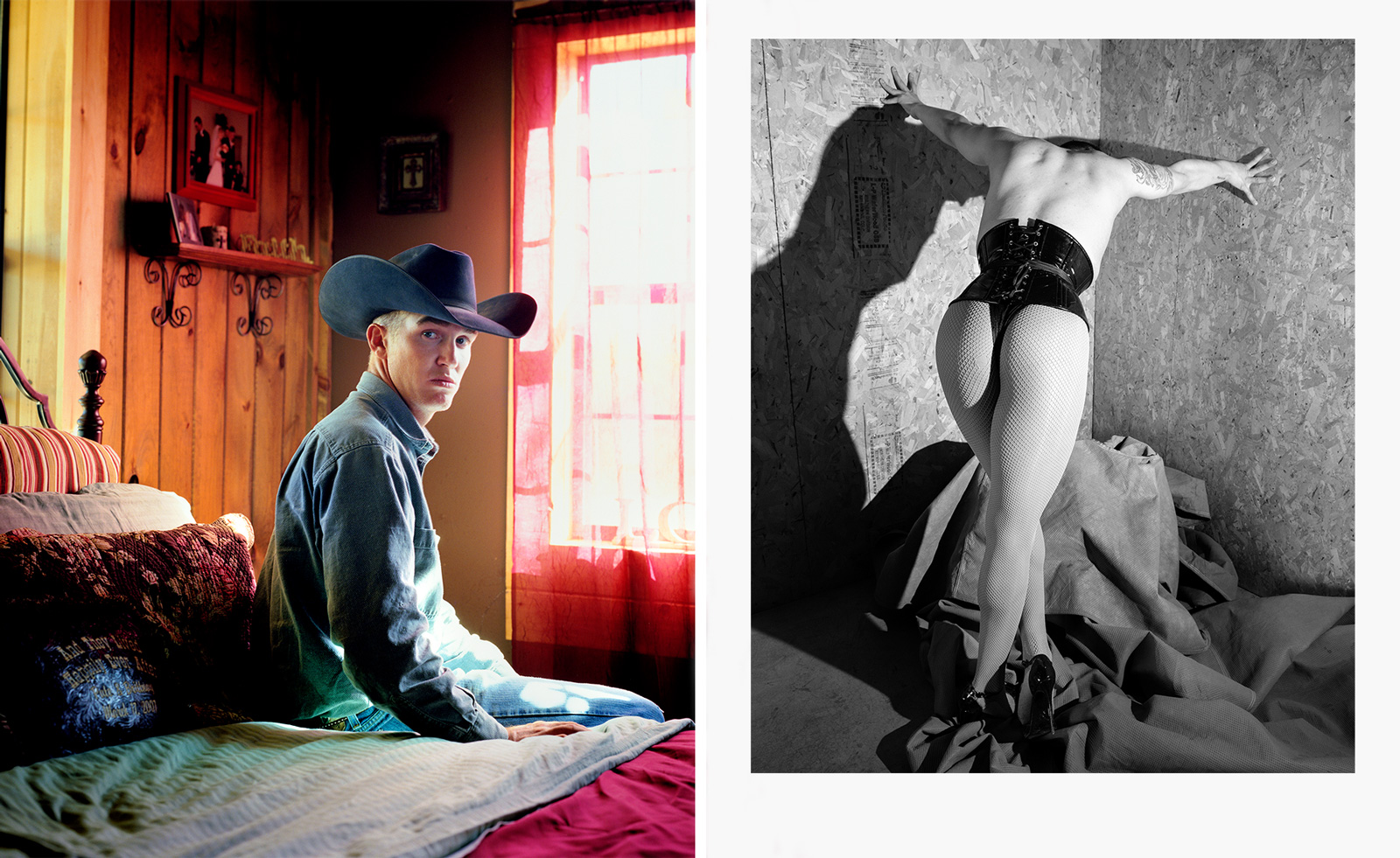 Cowboys and Queens: Jane Hilton's celebration of culture on the fringes
Cowboys and Queens: Jane Hilton's celebration of culture on the fringesPhotographer Jane Hilton captures cowboy and drag queen culture for a new exhibition and book
By Hannah Silver
-
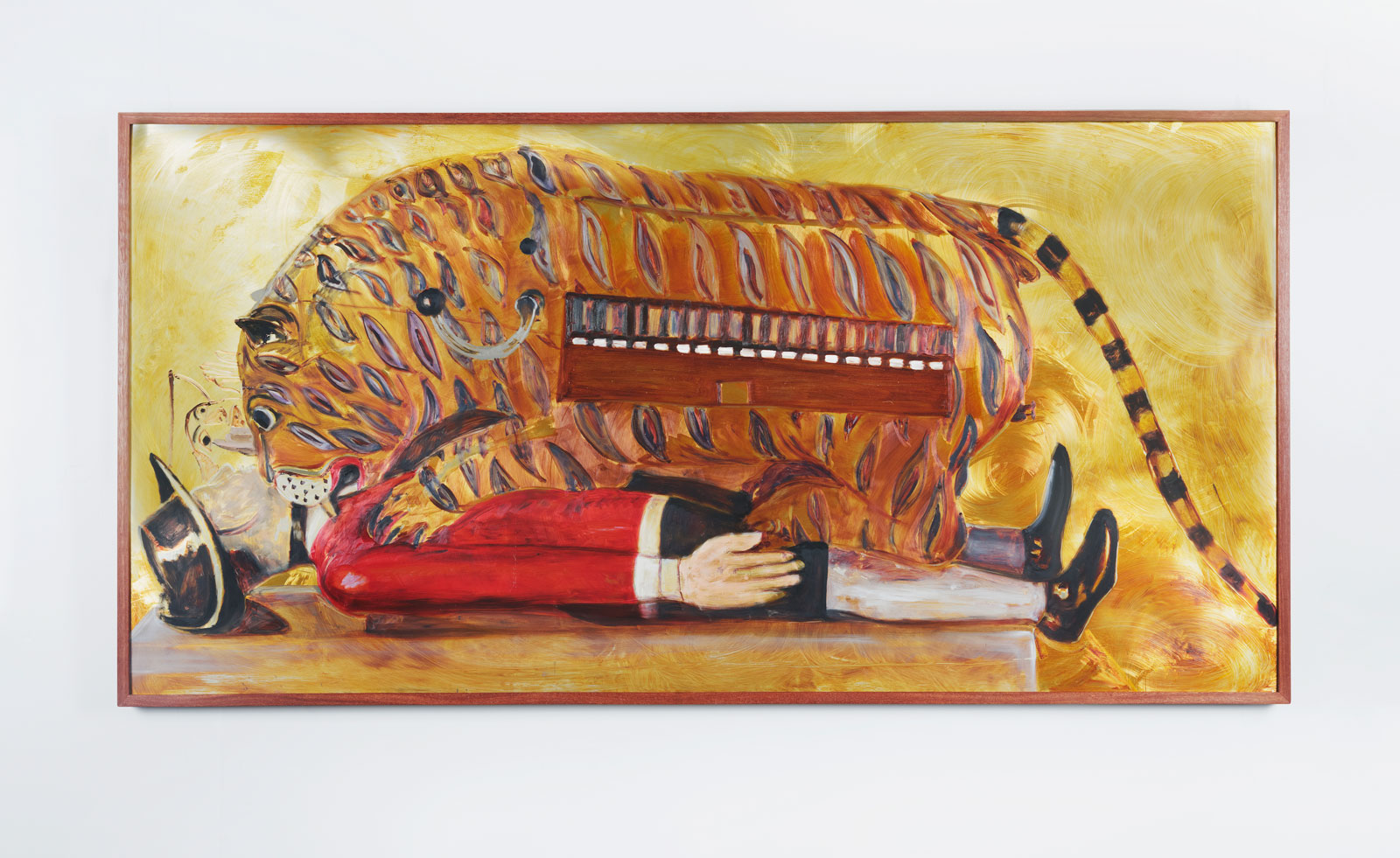 New gallery Rajiv Menon Contemporary brings contemporary South Asian and diasporic art to Los Angeles
New gallery Rajiv Menon Contemporary brings contemporary South Asian and diasporic art to Los Angeles'Exhibitionism', the inaugural showcase at Rajiv Menon Contemporary gallery in Hollywood, examines the boundaries of intimacy
By Aastha D
-
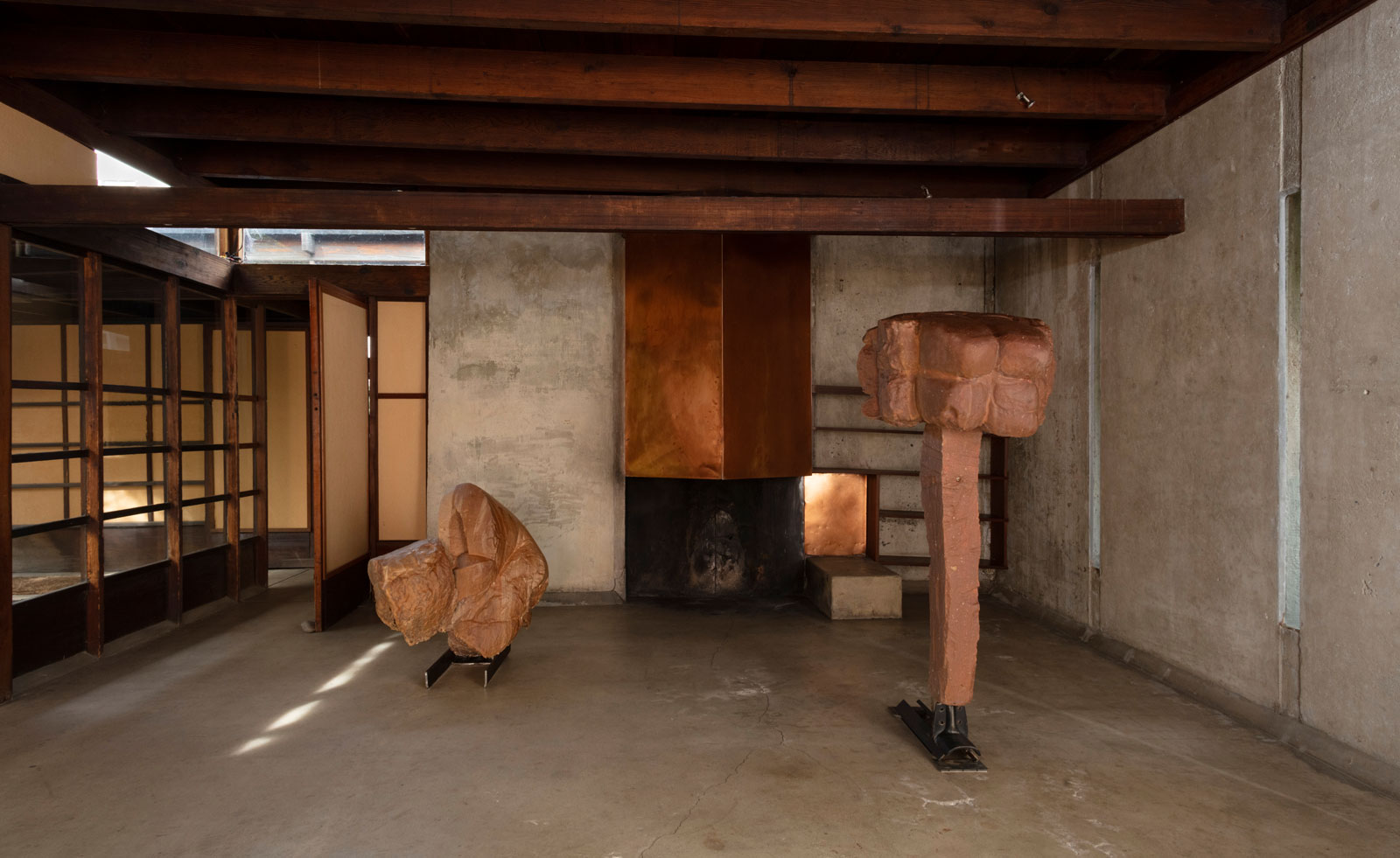 Helmut Lang showcases his provocative sculptures in a modernist Los Angeles home
Helmut Lang showcases his provocative sculptures in a modernist Los Angeles home‘Helmut Lang: What remains behind’ sees the artist and former fashion designer open a new show of works at MAK Center for Art and Architecture at the Schindler House
By Francesca Perry
-
 In ‘The Last Showgirl’, nostalgia is a drug like any other
In ‘The Last Showgirl’, nostalgia is a drug like any otherGia Coppola takes us to Las Vegas after the party has ended in new film starring Pamela Anderson, The Last Showgirl
By Billie Walker
-
 ‘American Photography’: centuries-spanning show reveals timely truths
‘American Photography’: centuries-spanning show reveals timely truthsAt the Rijksmuseum in Amsterdam, Europe’s first major survey of American photography reveals the contradictions and complexities that have long defined this world superpower
By Daisy Woodward